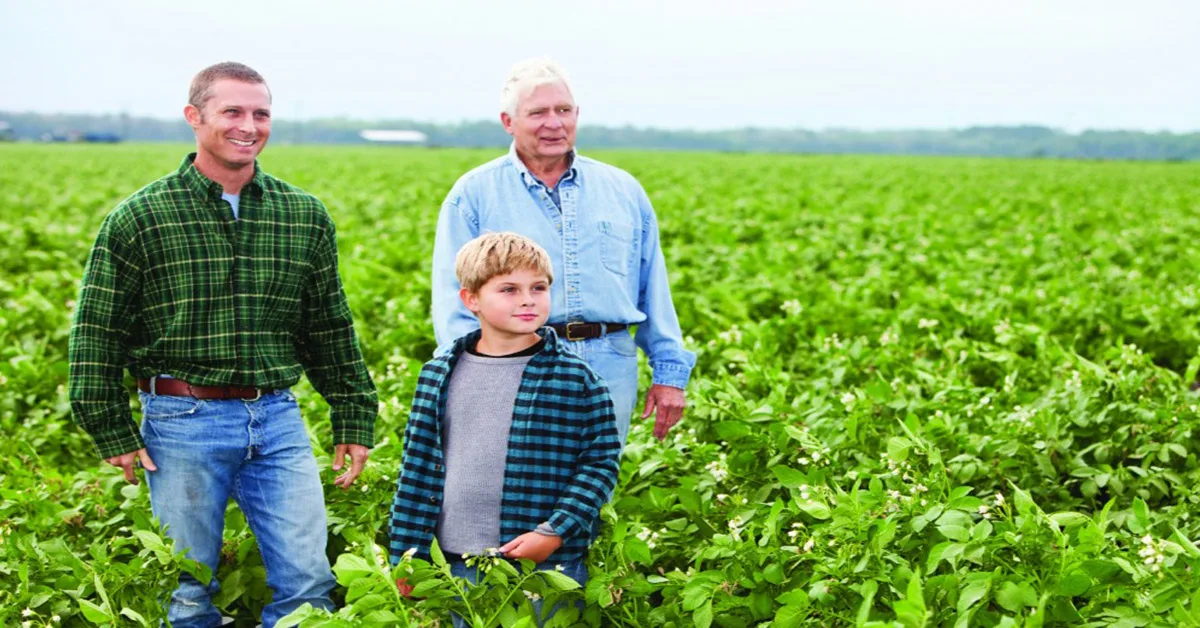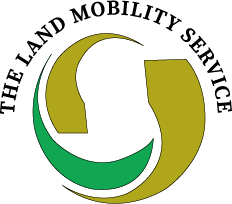
Shared Farming is where two or more people come together to operate the same piece of ground. Share Farming has many names and guises including share cropping, share milking, joint- venture, contract production, and production partnerships. Share Farming is best known in tillage and dairying, but it can and does operate in beef and sheep also.
Shared arrangements can be really attractive to landowners who have good blocks of land and/or good infrastructure who are looking to step back but are not yet ready to fully retire. On the other side these type of arrangements can be a really good option for a young or expanding farmer with the farming skills but insufficient equity to buy or lease more land.
Share Farming can also work for smaller parcels of land where the landowner is prepared to allow the land to be included as part of the dominant farmers BPS/BISS return.
Share Farming offers a real alternative option for people who are happy to work with others and who have a real interest in farming. Shared arrangements can work both within the family and between non connected persons.
Shared Farming Arrangements Offer Landowners
- The opportunity to step back while still having a real input into the farm business.
- A mechanism whereby they retain their active farmer status.
- A strategy where they can exit from farming in stages allowing equity release in a tax efficient manner and a gradual move towards full retirement.
- An alternative to hired labour.
Shared Farming Arrangements Offer Farmers
- A more sustainable and secure route to expansion
- Land and infrastructure costs linked to farm performance and product/ system returns
- A mechanism whereby they can share the risk and the rewards
- Less resources locked up in infrastructure and land
- An opportunity to develop an arrangement with a landowner where everyone wins.
Fundamental to these shared arrangements is transparency and the sharing of information. There has to be an agreed plan and mechanisms to review and monitor performance.
Expectations need to be realistic and management performance needs to be good.
Shared Farming Scenarios
- Farm inherited, good commercial farm with infrastructure, owner interested in progressing same but not in a position or does not have the desire/skills/experience to be a full-time farmer. The Owner Farmer supplies the land and infrastructure including any infrastructure enhancement. The Share Farmer supplies the labour, daily management and livestock. Farm revenues and operating costs are shared. Both parties are active farmers, the Owner Farmer herd number is typically used. The herd number is only an animal health control vehicle it does not bestow ownership rights. The split is determined by who brings what and who does what, in the end of the day it has to be defined, fair and sustainable. No two farms are the same so all arrangements will differ. Share arrangements are dynamic and can change or evolve over time. While similar in many respects a share arrangement differs from a registered partnership principally in how BPS/BISS Entitlements and Herd Number Registration are dealt with.
In Terms of Split Land and Infrastructure typically equates to 40% Labour and daily management 40% Livestock 20% - Existing farmer with a good compliant commercial farm looking to step back but not yet ready or interested in leasing. He links in with a young trained skilled farmer who buys into livestock and will take on most of the labour and daily management. A clear path, farm plan, role definitions and time scales are important here. For the right people this is an excellent steppingstone or ladder progression. Whether or not a person trades as a company does not impact ability to enter a shared arrangement.
- Tillage farmer with ageing machinery and struggling with new regulations and regeneration but wishes to remain an active farmer. Long-term leasing provides income tax relief but the owner ceases to be an active farmer, this can have implications for some. He/she engages with a young progressive tillage farmer high on technology, regulations and regeneration. The Share Farmer provides the machinery, labour and up to date expertise. The Owner Farmer supplies the land. The parties agree a cropping strategy and split, the typical split is 50:50 of input costs and revenues including scheme payments.
Read more detail from The Land Mobility Service 2023 Booklet >>

